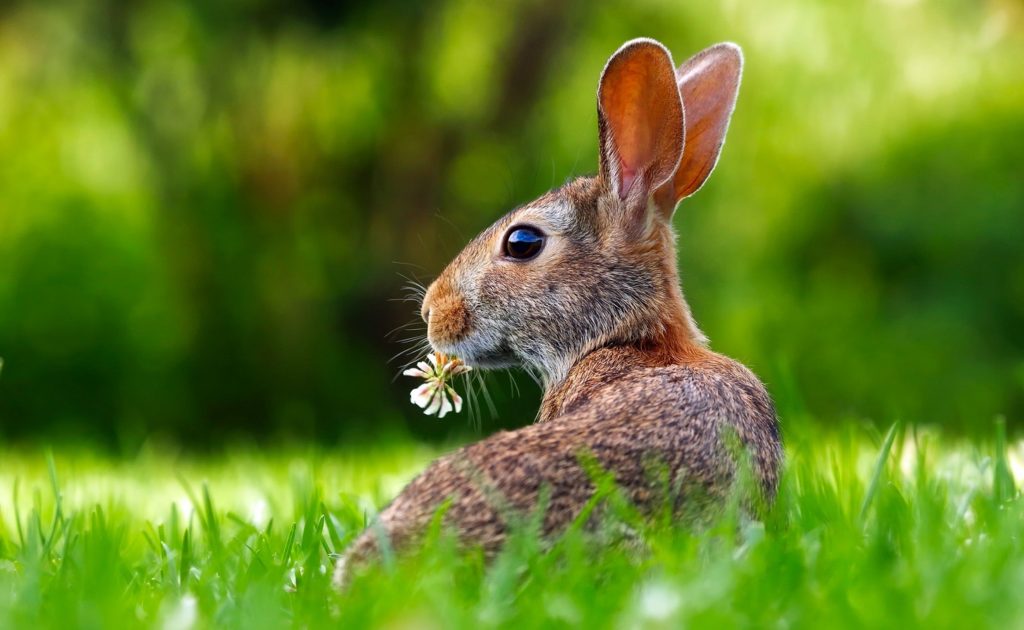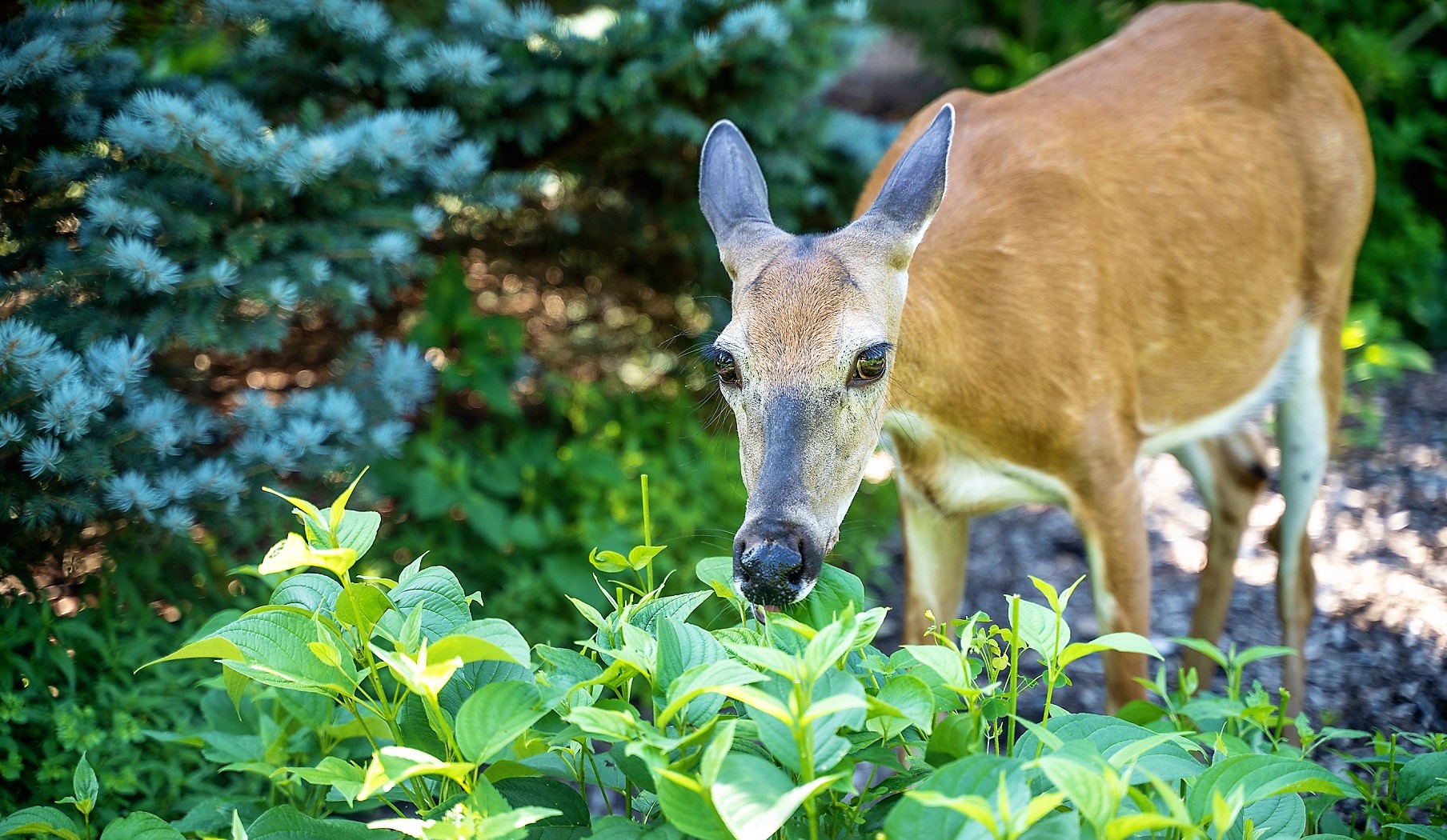
Protecting Your Kurapia From Pets & Other Animals
There’s three kinds of animals that visit Kurapia. First, are humans. Humans love Kurapia for it’s barefoot ready walkable surface, it’s cushiony growth (especially with monthly mowing), and it’s rich green colors. Humans with allergies can breathe a sigh of relief, since Kurapia produces almost no pollen, compared to the largest source of pollen, grasses.
The other two kinds of animals are those the humans want to visit it, and those that don’t. So let’s talk about them on today’s Kurapia Blog.
For those want to visit Kurapia, we have questions from customers who want to know if Kurapia is toxic to them. It is absolutely non-toxic! Phyla, the plant genus that Kurapia is derived from, is a rather large genus that has edible herbs such as Aztec sweet herb and animals some animals are associated with, including Frogfruit and Turkey Tanglefoot (aren’t gardeners fun with their plant names?). All in all, if you have a curious pet that likes to sample plants, you can absolutely consider Kurapia safe for them.
However, we do suggest you let the Kurapia fill in before you let your animals loose on it. If you can, erect a temporary fence around the installation area to keep animals out of it, height appropriate to what may wish to visit it. Once it is filled in, it’s fairly safe for animals to visit it as it will be deeply rooted and will regenerate quickly from damage.
For dogs with a big digging habit, consider setting up a small sand area for the dogs to enjoy digging, perhaps in a shade spot away from where you gather outside. If they are determined to dig up the Kurapia plugs, a trick is to cover the plugs with hardware cloth after installation. Temporarily the hardware cloth will give your dogs negative feedback which will make them stop digging. This technique, surprisingly, also accelerates the spreading of the Kurapia, as the wire keeps the stems low to the soil where it can sprout faster. For animals who need to relieve themselves, Kurapia is safe and won’t have the same effect that grasses would, especially once the Kurapia has deep roots. Kurapia has a high salt and pH resistance, but we suggest an acid flush of a liquid acidifier, such as sulfur, Aluminum sulfate or pH lowering liquid products. Do a heavy soak with this to leach away alkaline salts.
For herbivore animals, such as rabbits, sheep, goats, horses, donkeys, and other plant chompers, consider mowing at least twice a month to keep the Kurapia lower and less inviting to nibbling. While Kurapia is safe for animals, it is not a replacement for traditional pet food and should not be used as replacement for animal feed.

Protecting Your Kurapia From Uninvited Guests
Like all gardens, Gophers, Voles, and Moles can be a serious problem for gardens, even for hardy, fast growing plants like Kurapia. The problem varies from species and yard, as burrowing herbivores can present a real problem as they try to come up from below the plants and plugs. Your best first defense is to scare these critters away. Check with your local agricultural experts and see what works. In some areas, solar powered Mole Stakes work great, as they annoy them from burrowing into the soil and making a home nearby as the sounds are irritating. Another old remedy is to soak cotton balls in Castor Oil. The oil is non-toxic, but it smells like Castor Bean, which is one of the most toxic plants on the planet, and animals know this. Stuff a few in the holes and they usually pack for the hills. Lastly, in really desperate situations, you may need to use gopher wire, which may need to planting in cages or placing in the soil. For the best results, you’ll need to dig up the soil about 3” down, lay down the gopher wire (or Hardware Cloth in half inch thickness) and then cover with your soil and top soils. Customers who have had gopher issues with other groundcovers like grass report that Kurapia lawns have a huge drop in gopher activity over grass.
For larger uninvited guests such as Rabbits, Squirrels, Deer, and other herbivores, you should consider using temporary sturdy fencing. Make sure you aren’t planting Kurapia over an active rabbit burrow, and make sure the fencing can’t be hopped or leapt over. For very extreme cases you may need to cover the entire surface in chicken wire so they can’t pull them out of the ground. Once the Kurapia fills in you can remove the fence, then make sure to keep mowing to keep the plants from making long strands which can invite animals to try and pull the plant from the soil. Remember that once the Kurapia is established, herbivores are going to do you a favor by “mowing” it for you.
Sometimes birds can be an issue for freshly planted plugs. Typically they are searching for grubs, insect larvae, and other food sources. This can be controlled temporarily with chicken wire over the plugs, and long term treating your soil with a safe insecticide such as Sevin dust will prevent them from being an issue.
So a controversial question we sometimes get is about bees. Bees are an critical for our world food supply and important for worldwide plant diversity. So having bees visit Kurapia is a good thing, but if you have humans or pets that are allergic to bee stings and want just a little extra insurance from bees, the key is to reduce Kurapia flowering. To do this, start with increasing how often you mow during the flowering season, which runs roughly from April to Septembe, at the very least once a month, up to twice a month to really keep the plants low. You can also feed it with a fertilizer that doesn’t have a lot of phosphorus, the ingredient that stimulates flowering.
We have found the product Safer’s Ringer Lawn Food is a good solution, as it’s a slow release low phosphorus fertilizer that prevents the growth of flowers but still keep the Kurapia green. However, realize this product will not highly speed up the spread of the Kurapia, so don’t apply if you’re waiting for the plants to fill in.
So, like any gardener, animals are a part of working outside in nature, and animals share this planet with us. While it may seem frustrating to make a few extra steps sometimes, remember that an ounce of prevention is worth more than a pound of a cure.
Order Kurapia at www.kurapia.com/calculator
Learn the technical info at www.kurapia.com/support
Thank You for Reading!

